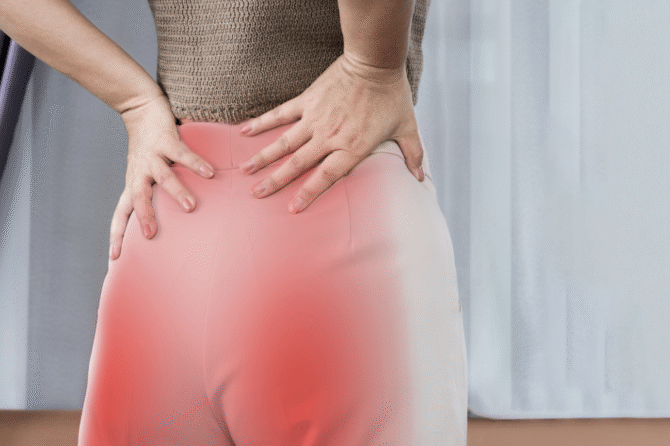
The Preventive Role of Regular Exercise in Anorectal Diseases
The Preventive Role of Regular Exercise in Anorectal Diseases
Anorectal diseases are health issues that directly affect quality of life and are often detected late due to privacy concerns. In the development of conditions such as hemorrhoids, anal fissures, anal abscesses, and fistulas, not only diet but also lifestyle plays a major role. Chief among these is physical inactivity.
So, how effective is regular exercise in preventing these diseases?
Which movements are beneficial?
Who should be cautious?
Answers below.
Impact of a Sedentary Lifestyle on Anorectal Health
Desk jobs and sedentary living, which are staples of modern life, negatively affect not only many systems but also the digestive and excretory systems.
Prolonged sitting:
- Slows blood flow in the pelvic region
- Increases pressure on the veins around the anus
- Significantly raises the risk of hemorrhoids and anal fissures
- Leads to constipation and makes defecation difficult
This in turn increases straining and pressure in the anal region. Result: vein dilation, tearing, pain, and sometimes infection.
Benefits of Exercise for the Anorectal Region
Regular exercise does not only help with weight control. It also:
- Improves blood circulation: Supports healthier functioning of anal and surrounding veins
- Prevents constipation: Aids rhythmic bowel movements
- Strengthens the pelvic floor: Helps establish proper toilet habits
- Reduces stress: Prevents stress-induced anal tension and spasms
Which Exercises Support Anorectal Health?
Not all exercises are equally beneficial for anorectal health. Here are the most effective ones:
- Walking
Even 30 minutes of brisk walking daily enhances bowel movements, reduces hemorrhoid risk, and prevents constipation. - Swimming
Enables exercise without putting pressure on body weight, supports blood flow, and relaxes the pelvic area. - Yoga and Pelvic Exercises
Strengthen the pelvic floor, improve bowel control, and are especially effective during recovery from anal fissures. - Low-impact resistance training
Leg-strengthening movements like squats are beneficial in moderation. Avoid overloading and increasing intra-abdominal pressure.
The Protective Role of Exercise
Hemorrhoids
- Prevents vein dilation by increasing circulation
- Reduces the need for straining by minimizing constipation risk
Anal Fissures
- Prevents hard stools that cause tearing
- Increased blood flow supports healing
Abscesses and Fistulas
- Indirectly beneficial: strengthens the immune system and reduces microtraumas caused by constipation
Important Considerations for Exercise
- Post-surgery patients: Must get doctor approval before resuming exercise
- Painful fissures or abscesses: Exercise is not recommended during active infection
- Overexertion: Avoid exercises that increase intra-abdominal pressure, like heavy lifting
Other Habits That Support Exercise
- High-fiber diet: Supports bowels and softens stools
- Adequate water intake: Lowers constipation risk
- Toilet training: Establish a regular defecation routine
- Stress management: Yoga and breathing exercises are helpful
Recommendations from Avrupa Cerrahi
At Avrupa Cerrahi, we value not only treatment but also the development of preventive health behaviors.
- We offer personalized exercise recommendations for postoperative patients
- We adopt a holistic approach with support from expert dietitians and physiotherapists
- Contact us for appointments and consultation
Frequently Asked Questions
Q: Does exercise completely prevent hemorrhoids?
A: No, but by reducing major risk factors like constipation and inactivity, it significantly lowers the risk.
Q: Does running harm the anorectal area?
A: Running is not recommended during active disease periods. Walking is preferred.
Q: Can sitz baths and exercise be done together?
A: Yes, especially for anal fissure patients, combining both can accelerate healing.


Leave a reply